Foie Gras – France
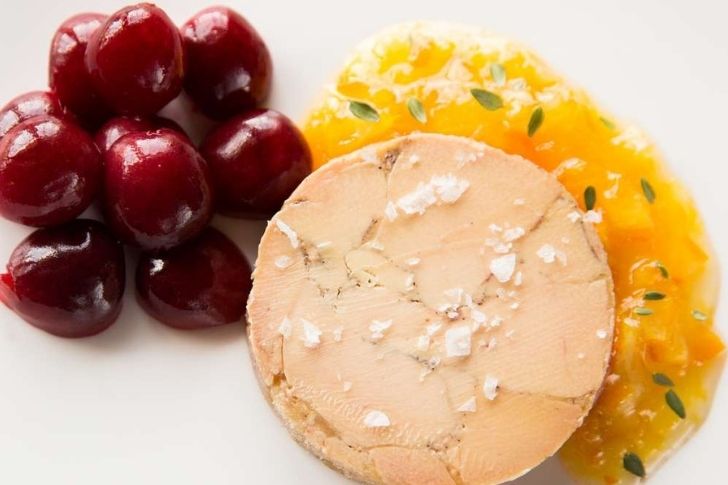
Foie Gras is usually served in small amounts, and it is one of the world’s most luxurious foods – it is often sold for a premium, and the prices can be as high as $125 for 2 pounds.
With its name meaning “fatty liver” in French, foie gras is a cuisine made from the liver of a duck or goose that had gone through the gavage feeding process – the process helps enlarge their livers up to ten times their original size. Although the gavage feeding process has received more than its fair share of controversy over the years, many scientists have spent a significant amount of investment money towards the development of a safer alternative, which they say will make do without the gavage feeding process entirely. Because of its status as one of the world’s most luxurious foods, foie gras is surely a cuisine worth trying.
Kangaroo – Australia
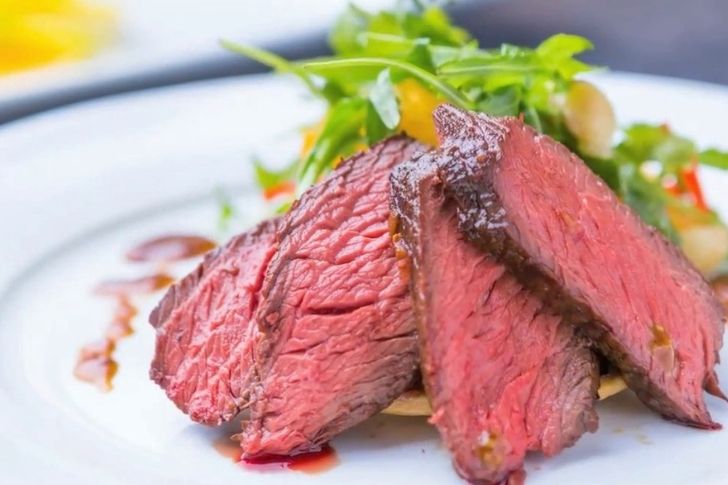
The kangaroo is one of the many animals people associate with Australia. They also can be quite the meal to the people living in the Land Down Under.
Although it is a delicacy that provides health benefits – it has anti-carcinogenic and anti-diabetic properties – kangaroos are strongly protected by Australia’s legal system, and the government only allows five of its 48 species to be harvested. Through this, the food market is ensured to have an ample supply of kangaroo meat, all while preventing the species’ endangerment. Since kangaroo meat is rich in protein and iron and contains low quantities of fat, it’s safe to say this Australian dish is, without a doubt, a hearty meal worth shaving a few points off your credit card.
Starfish – China
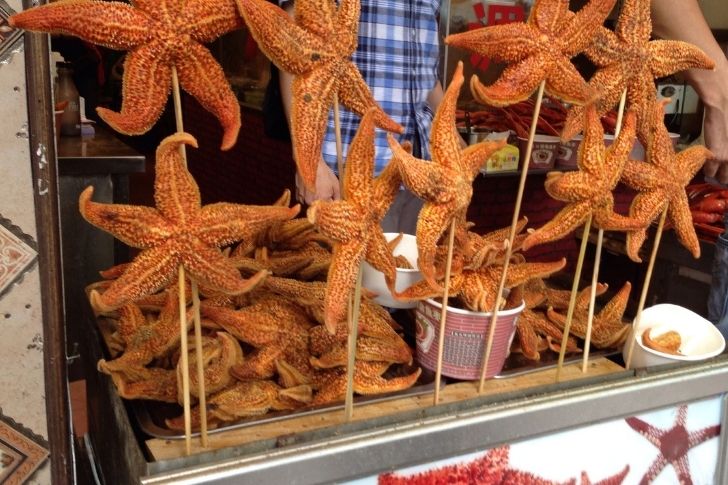
Now, this is a meal that will surely come as a surprise to many people, mainly because a majority of the world’s population isn’t accustomed to eating a starfish. Indeed, most people don’t even know that starfish can actually be eaten.
The starfish is one of the many kinds of seafood served in China. Most of the time, the starfish is dried before it is ready for consumption – though others prefer to fry it as well. After drying, the starfish is opened for its meat, which apparently smells like the beach during the low-tide season. However, because some starfish are considered poisonous, only a few chefs can take credit for being able to prepare them for eating – pretty similar to Japan’s elite fugu chefs.
Heart – Worldwide

Although this is a relatively common dish that is served worldwide, eating an animal’s heart is still somewhat off-putting for some people.
Back in the day, when a fire was made with sticks and stones instead of gas, the partaking of animal organs became a part of many customs and traditions, who would use every part of an animal to prevent a shortage of food. Although they are often avoided nowadays, consuming animal organs does offer many health benefits. For example, the heart can be an excellent source of vitamins and nutrients – stuff that our bodies need – including zinc, iron, and vitamin B. Besides these benefits, the heart is also a pretty tasty meal, whether from a chicken, cow, or lamb.
Hákarl – Iceland
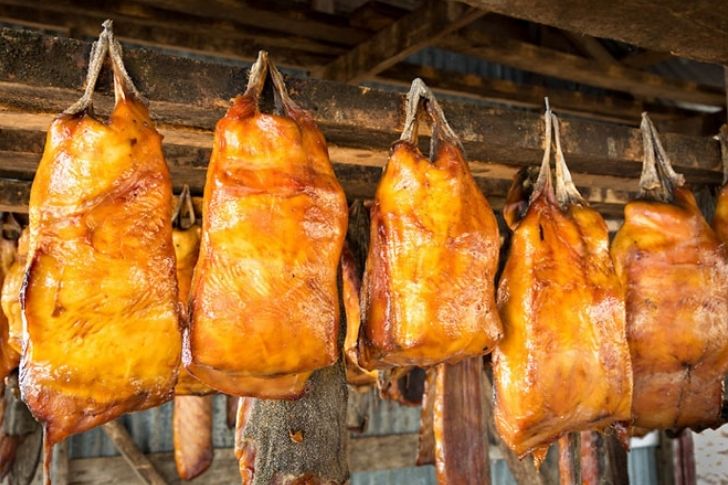
Despite that this Icelandic delicacy was able to withstand the strong test of time, it still might be something tourists and outsiders will want to avoid. It is, however, one of the many delicacies that Icelanders enjoy, in no small part because of its interesting history.
When the first Vikings set foot on the land now known as Iceland, their only stable food supply was the Greenland shark. Though the shark’s meat was deemed toxic for consumption, the Vikings developed a preservation method, the hákarl, to make it safe for the people to eat. By the end of the preservation process, the shark meat will give off a foul stench that outsiders, in particular, will remember for the rest of their lives – to some degree, this is what makes the hákarl an interesting, albeit stinky, dining experience.
Hormigas Culonas Big Butt Ants – Colombia
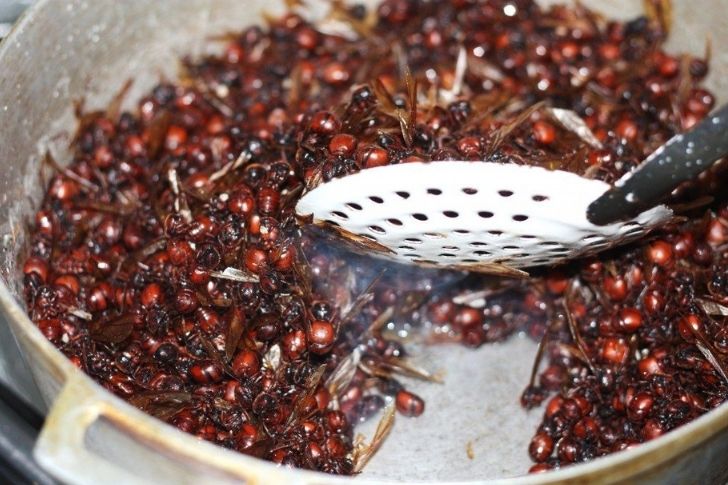
Perhaps this Colombian meal is ideal for that one artist who sang the “I like big butts, and I cannot lie” song – it is a meal that his other brothers surely cannot deny.
With this delicacy taking credit for being nature’s very own popcorn, the Hormigas Culonas, which translates to “big-bottomed ants,” is quite a delicacy that can only be found in Colombia, making it an experience every tourist shouldn’t miss out on during their stay. Furthermore, in Colombia, finding a place that serves hormigas culonas will be an easy task since many restaurants and street vendors serve their own version of the meal. Anyone and everyone can give this a try! Although they’re ants, they surprisingly taste like popcorn and have an aftertaste similar to fried chicken crisps – which sounds like a good replacement to peanuts, too.
Shiokara – Japan

Another member of Japan’s list of weird cuisines, the shiokara consists of raw fish and fish guts that were fermented in salt. It sounds absolutely disgusting, we know, but many say it tastes great.
A meal that has existed since Japan’s early years, the shiokara is a dish that can be preserved for long durations of time due to its high-salt content – the new method of fermentation, on the other hand, will allow the meal to only be stored below 10-degree-Celsius temperatures due to its low-salt content. Most of the time, the meal is paired with either white rice or butter since these can help balance-out the shiokara’s flavor by making the saltiness thinner and giving its other flavors a chance to bloom in the consumer’s taste buds. Of course, a shiokara meal can also be paired with some fine saké.
Southern Fried Rattlesnake – United States
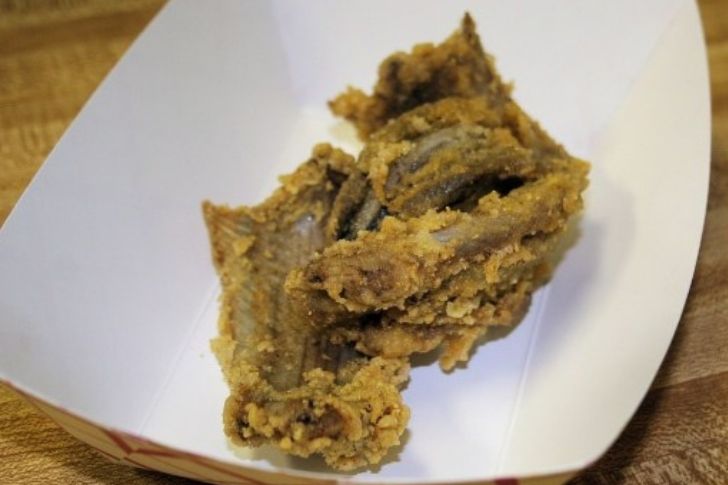
Who would’ve thought that snakes can be made to be delicious? Well, it looks like the person who first tried frying a rattlesnake deserves credit for giving us the idea.
Though some people have already had the chance to try this meal, hunting a rattlesnake isn’t an easy task that just anyone can do – that’s where hunters and meat shops come in handy. Before frying the snake, it is first skinned – it can also be dipped overnight in buttermilk to help add to the flavor while making the meat even more tender. After this, the process for making fried rattlesnake is similar to making fried chicken, though its taste is often compared to other types of meat, like veal, quail, fish, rabbit, and even canned tuna, of all things.
Tequila Worm – Mexico
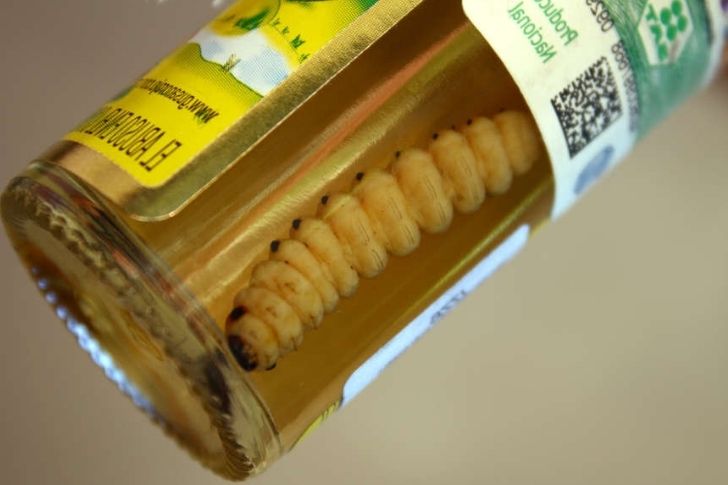
So far, in this article, we mentioned the coconut worm and mopane worm as delicacies that provide health benefits for consumers. But there is another worm that deserves the same credit. It’s the gusano, a worm that can be found in a few bottles of mezcal.
Mescal is a liquor that is known to be tequila’s not-so-popular sibling – both spirits go through the same process of distillation, and they both involve the agave plant. However, mescal bottles are more often sold without any gusano larvae in them. Though eventually, in 1940, Jacobo Lozano Páez discovered that these worms added taste to mescal. He made investments in the liquor business, and it involved a lot of worms in bottles. Many people, however, consider this worm to be a marketing gimmick to increase the public’s interest in the liquor.
Jing Leed – Thailand
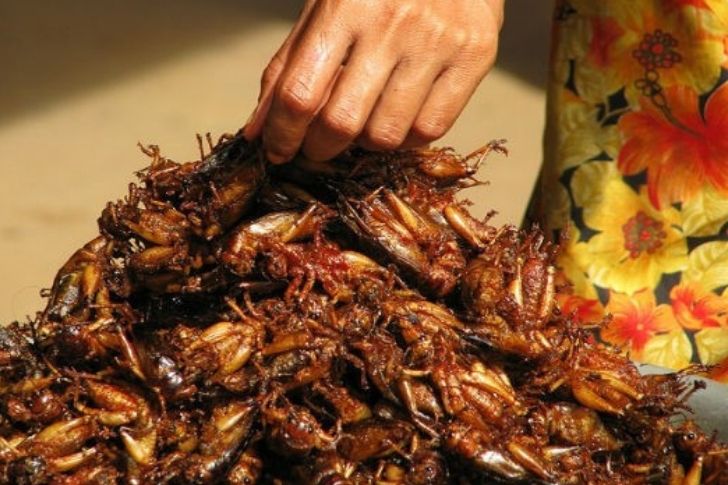
Thailand is a country that is known for having weird snacks being sold on the streets — snacks that, more often than not, include insects.
Among the street foods that the Thai people serve to locals and tourists are ones that include various insects and worms. Known to the locals as jing leed, crickets are often fried and served as snacks that consumers can eat alone or with a drink. Though you can find them being served by street vendors, it is usually ideal to buy these exotic snacks at many of Thailand’s Temple Fairs, where the amount you spend gets converted into investment money for the temples. As a result, not only will you be trying a new delicacy, but you’ll also be helping to preserve a piece of Thailand’s rich culture – a win-win scenario, for sure.

